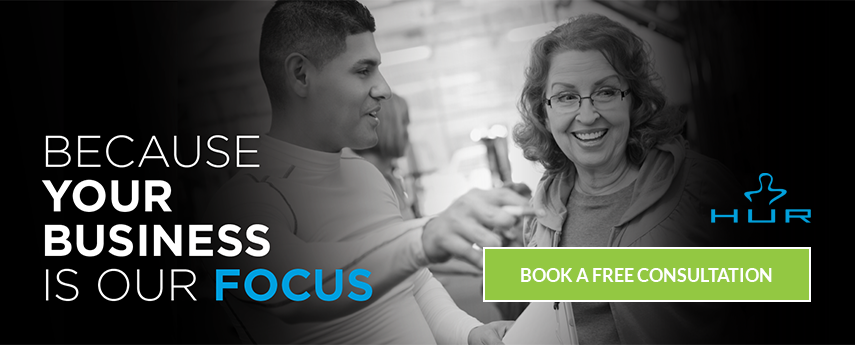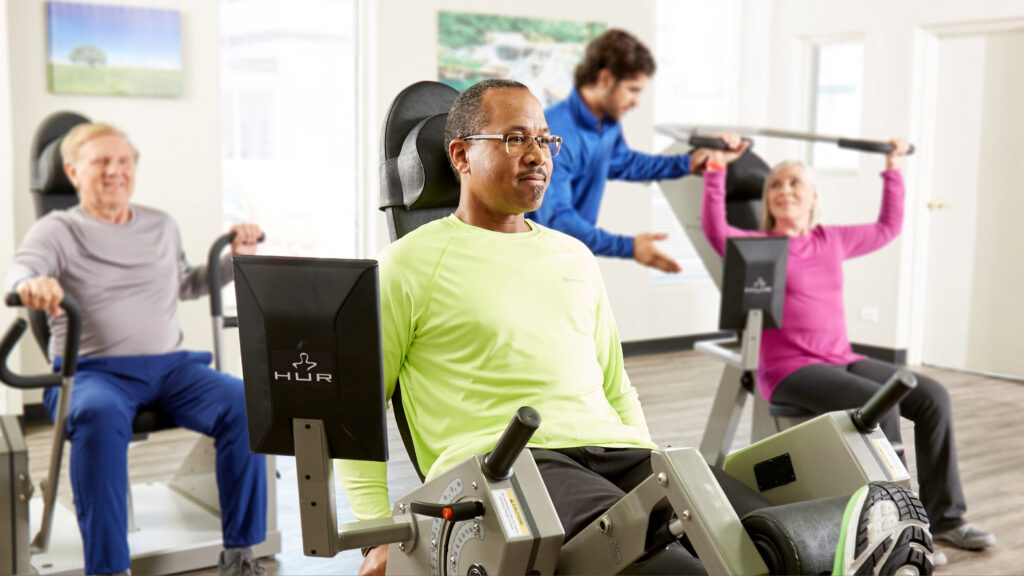The Impact of Falls
Falls are a leading cause of injury and death among older adults, making fall prevention a critical issue. As our population ages, understanding the impact of falls and the importance of preventing them becomes increasingly vital. Consider these alarming statistics:
- Prevalence: One in four Americans aged 65 and older falls each year. Source: Centers for Disease Control and Prevention (CDC)
- Frequency: Every 11 seconds, an older adult is treated in an emergency room for a fall-related injury. Source: National Council on Aging (NCOA)
- Fatalities: Every 19 minutes, an older adult dies from a fall. Source: National Council on Aging (NCOA)
- Emergency Visits: Annually, 3 million older adults are treated in emergency departments for fall injuries. Source: Centers for Disease Control and Prevention (CDC)
- Hospitalizations: Over 800,000 hospitalizations occur each year due to falls, most often because of head injuries or hip fractures. Source: Centers for Disease Control and Prevention (CDC)
- Healthcare Costs: Falls among older adults cost the U.S. healthcare system over $50 billion annually. Source: Centers for Disease Control and Prevention (CDC)
These statistics highlight the widespread prevalence and significant financial impact of falls. In this blog, we will delve into the consequences of falls, explore why fall prevention is essential, and discuss effective strategies to reduce the risk of falls among older adults.
Consequences of Falls
Falls among older adults can have severe physical, psychological, and financial consequences.
Physical Consequences
- Injuries: Common injuries include fractures, particularly of the hip, wrist, and ankle, head trauma, and lacerations. About 95% of hip fractures are caused by falls, often leading to surgery and extensive rehabilitation.
- Disability: Falls can result in long-term disability, reducing an individual’s ability to perform daily activities and live independently. The loss of mobility can lead to further health decline and increased dependency on caregivers.
Psychological Impact
- Fear of Falling: Experiencing a fall can instill a fear of falling again, reducing physical activity and social isolation. This fear can result in decreased quality of life and contribute to a cycle of inactivity and increased fall risk.
- Depression and Anxiety: The emotional impact of a fall can lead to mental health issues such as depression and anxiety, further affecting an individual’s well-being and overall health.
Financial Costs
Medical Expenses: The immediate costs include hospital stays, surgeries, emergency room visits, and follow-up care. The average hospital cost for a fall injury exceeds $30,000, and expenses can be much higher for severe injuries like hip fractures.
Long-term Care: Many older adults require long-term care or assisted living after a serious fall, which adds to the financial burden on individuals and families. This care can be expensive and strain family resources.
Indirect Costs: These include lost productivity for caregivers, home modifications to enhance safety, and legal expenses related to liability and insurance claims.
Why Fall Prevention is Essential
Preventing falls is crucial for preserving the health, independence, and quality of life of older adults. Here’s why fall prevention should be a top priority:
Reducing Healthcare Costs
- Economic Burden: Preventing falls can significantly reduce healthcare expenses, easing the financial burden on individuals, families, and the healthcare system.
- Resource Allocation: Lowering the incidence of falls can free up healthcare resources, allowing for better allocation to other critical health issues.
Enhancing Quality of Life
- Maintaining Independence: By preventing falls, older adults can maintain their independence and continue to perform daily activities without fear.
- Improving Mental Health: Reducing the fear of falling and promoting physical activity can enhance mental health, reducing the risk of depression and anxiety.
Promoting Longevity
- Preventing Injuries: Avoiding falls and the associated injuries can prolong life and improve overall health outcomes for older adults.
- Enhancing Mobility: Maintaining physical activity through fall prevention strategies helps preserve mobility and physical function, contributing to a longer, healthier life.
Effective Strategies to Reduce the Risk of Falls
Implementing effective fall prevention strategies requires a multifaceted approach. Here are some proven methods to reduce the risk of falls among older adults:
Regular Exercise
- Balance and Strength Training: Activities like tai chi, yoga, and strength training improve balance, flexibility, and muscle strength, reducing the risk of falls.
- Physical Activity: Encouraging regular physical activity helps maintain overall fitness and mobility.
Medication Management
- Review Medications: Regularly reviewing medications with healthcare providers can help identify those that may increase fall risk due to side effects like dizziness or drowsiness.
- Adjusting Dosages: Adjusting dosages or switching medications can mitigate these side effects and reduce fall risk.
Vision and Hearing Checks
- Regular Screenings: Ensuring regular vision and hearing checks can identify issues that may contribute to falls.
- Corrective Measures: Using glasses, hearing aids, or undergoing corrective surgeries like cataract removal can enhance sensory perception and balance.
Home Safety Modifications
- Removing Hazards: Keeping floors free of clutter, securing loose rugs, and ensuring cords are out of the way can prevent tripping.
- Improving Lighting: Adequate lighting throughout the home, including night lights in hallways and bathrooms, can help prevent falls.
- Installing Supports: Grab bars in bathrooms, handrails on stairs, and non-slip mats can provide additional support and stability.
The Role of Healthcare Providers
Healthcare providers are pivotal in fall prevention. They can:
- Assess Risk: Conduct comprehensive assessments to identify individuals at high risk for falls.
- Recommend Interventions: Suggest appropriate exercises, medication adjustments, and home modifications.
- Provide Education: Offer education and resources to older adults and their caregivers on how to prevent falls.
Falls among older adults are a serious public health issue with significant physical, psychological, and financial consequences. Falls' high prevalence and severe impact highlight the urgent need for effective prevention strategies. By understanding the risk factors, implementing preventive measures, and raising awareness, we can reduce the incidence of falls and improve the quality of life for older adults. Fall prevention is not just about avoiding injuries; it’s about preserving the independence, dignity, and well-being of our aging population.








